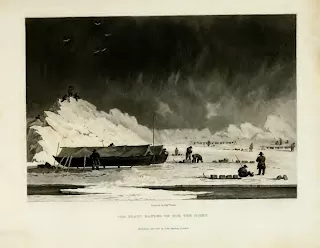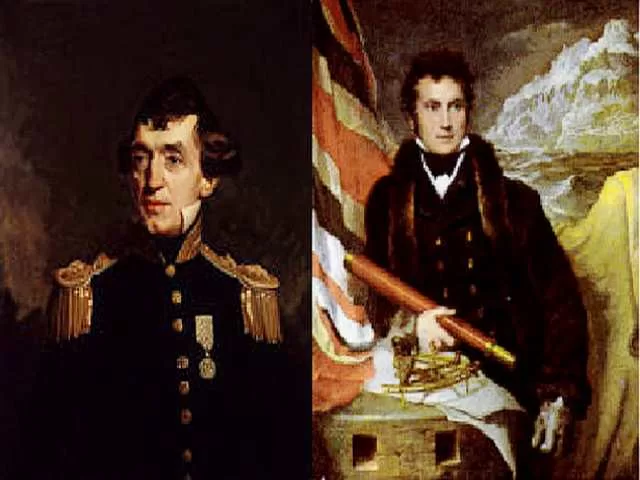Uncover the untold story of Robert McCormick, the overlooked naturalist on HMS Beagle. His Arctic expedition’s triumphs and tribulations, a journey eclipsed by the shadow of Darwin. Explore the icy mysteries now!
In the annals of maritime exploration, the name Charles Darwin often takes center stage, but hidden in the icy embrace of the Arctic lies a tale of triumph and tribulation led by Robert McCormick, the overlooked naturalist on HMS Beagle. Journey with us through the chilling landscapes of the North Pole as we unveil the Arctic expedition that history nearly forgot.
The Misconception of Darwin’s Role:
Contrary to popular belief, Charles Darwin wasn’t the naturalist on HMS Beagle; that distinction belongs to Robert McCormick. In a letter to John Henslow, Darwin even expressed dissatisfaction with his fellow traveler, referring to McCormick as “an ass.”
Robert McCormick: The Unseen Naturalist:
Robert McCormick (1800-1890), a Royal Navy surgeon, naturalist, and explorer, played a crucial role in the 1827 expedition to the North Pole on HMS Hecla. His achievements often overshadowed by Darwin’s legacy.
The Quest for the Northwest Passage:
The Northwest Passage, a coveted sea route around North America, fueled explorers’ dreams. McCormick joined William Edward Parry on the 1827 expedition to navigate the treacherous Arctic waters, aiming to uncover the elusive passage.
Arctic Challenges and Triumphs:
Setting sail on April 4th, 1827, the Hecla journeyed to Spitsbergen, where the Arctic odyssey began. Facing snow, rain, and fog, the crew rowed boats and dragged sledges, enduring slow progress and drifting southward due to ice flows.
The Farthest North:
On July 23rd, 1827, McCormick and his comrades achieved a historic latitude of 82o 40′ 23″, marking the furthest point north ever reached. However, the relentless ice and challenging conditions compelled a difficult decision – to turn back.
Return Journey and Surprising Gain:
Turning south, they leveraged the ice’s drift to their advantage. Despite the challenges, including indigestion from a polar bear feast, they covered more ground during their return. A journey of 48 days on ice concluded with a triumphant return to Little Table Island.
Scientific Pursuits and Adversities:
Back at Svalbard, scientific experiments and collections unfolded, with McCormick contributing valuable bird specimens. The expedition’s success, coupled with medical challenges and encounters with polar bears, painted a vivid Arctic portrait.

Parry’s Legacy and Recognition:
William Edward Parry, the expedition leader, documented the journey in his 1828 publication. The record stood for 49 years as the furthest point north ever reached. Parry’s contributions earned him a knighthood in 1829 and Rear-Admiral status in 1852.
McCormick’s Eclipse in History:
Despite the accolades for Parry, McCormick’s pivotal role often remains eclipsed. His dedication to scientific pursuits and resilience in the Arctic shadows, a testament to unsung heroes in exploration.
Conclusion: Resurrecting Arctic Heroes:
As we unearth the Arctic expedition led by Robert McCormick, we rediscover the forgotten tales of resilience, scientific curiosity, and triumph against the icy backdrop of the North Pole. Beyond Darwin’s legacy, McCormick’s contributions merit a place in the chronicles of maritime exploration. Join us in resurrecting the Arctic heroes who dared to venture where few had gone before.

